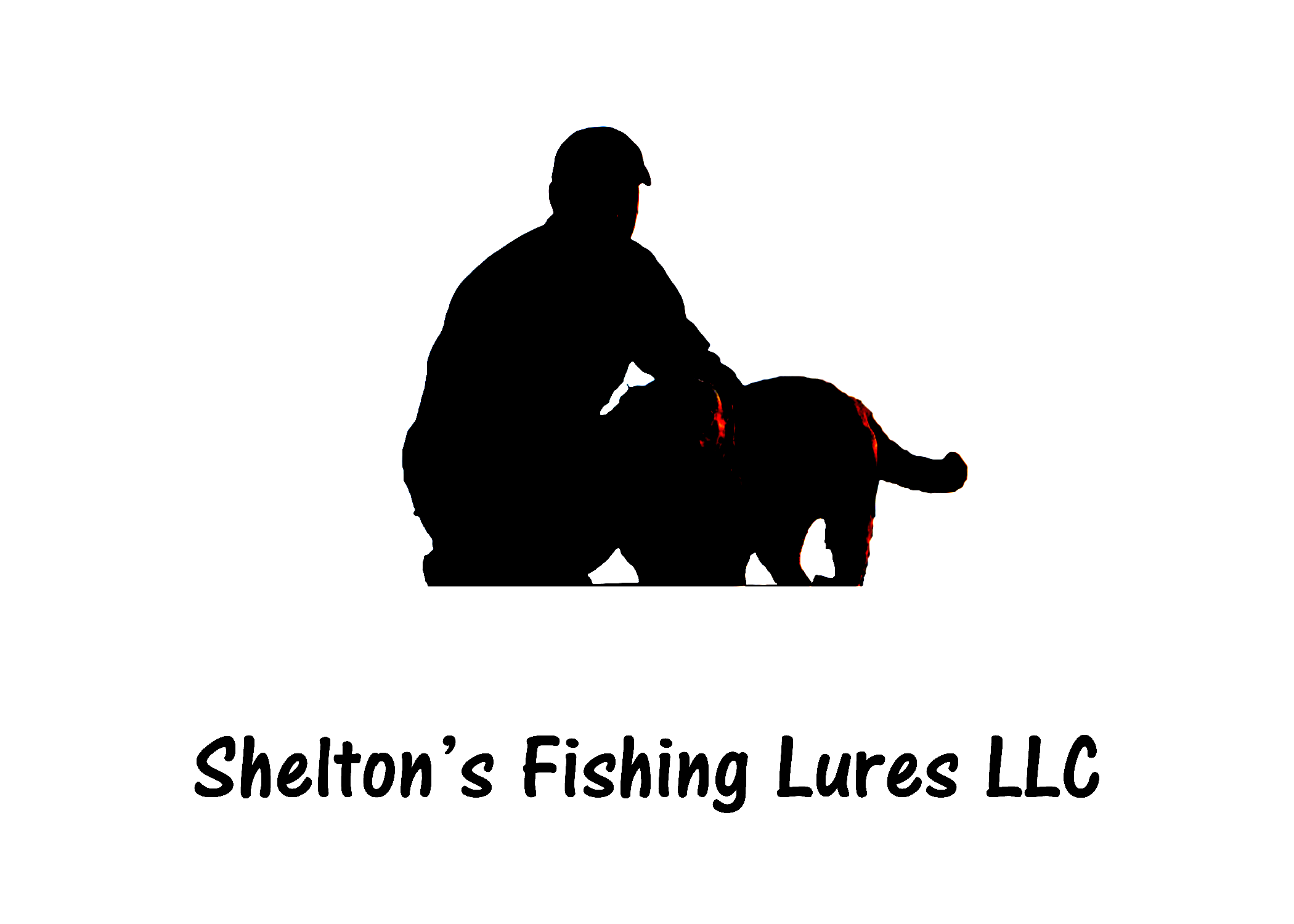Crappie, Tips and Tricks
How Fast Do Crappie Jigs Fall In The Water?
The profile of a jig and optimizing it for the current situation you are in will lead to many more fish catches. In the article below I will cover fall rates based on the size and style of the lure used.
“Like the best baseball teams out there, I love using sabermetrics to increase my fish catches per hour. “
How Fast Do Crappie Jigs Fall In The Water?
This is not a common question asked by shallow water fisherman but believe me when I say that taking simple formulas and adding them to your fishing arsenal will increase your fish catches throughout the day!
Like the best baseball teams out there, I love using sabermetrics to increase my fish catches per hour. A little adjustment here and there can bring you up from a tough day catching four or five fish an hour to perhaps six to eight!
Multiply that over an eight hour day and you’ll see why I’m obsessed with fishing optimization!!!
Choosing The Right Jig For The Conditions
I have several articles explaining in great detail how I approach each and every situation when I’m out on the lake but two things that help determine are:
- Depth Of Water
- Action On The Jig
Depth Of The Water
Is the most important thing I need to know, even more so than water clarity. If I’m fishing in shallow water I can fish a smaller profile jig combo by using a smaller jig head and less buoyant jig, however if I’m in deep water I may be willing to sacrifice some action to get the bait down to the fish quicker.
(I will explain which jig is my favorite and hopefully you’ll understand why after reading this article!)
Action On The Jig
The action is determined by the buoyancy of the bait combined with its profile from head to toe. The difference from a larger jig head to a smaller one changes the action considerably which can make or break you when dangly the combos in front of lethargic crappie.
Your line size and diameter can also play a role!
How Does A Jig Head Control Fall Rate?
Depending on the size of your jig head and style you can either overcome resistance (drag) quickly or make the bait slowly flutter to your preferred depth.
A jig head with a narrow point from front to barb will have a little quicker drop but barely noticeable compared to a round head style jig.
While anglers are well aware that a heavier jig will drop a bait quicker, they rarely consider the fall rate due to the buoyancy of the plastic jig itself.
How I calculate The Fall Rate Of A Crappie Jig Combo?
When determining the fall rate you have to take 3 things into consideration:
Weight of the bait, Resistance Relative To The Jig, Depth you choose to Achieve…
To Simplify we used a friends swimming pool to insure we used a consistent depth. We then dropped a jig into the water on complete slack line and counted down until the jig hit bottom.
We did this multiple times on each combo to ensure an accurate time was recorded and summed the averages.
What Combinations Were Used In This Experiment.
In this experiment we used three jig head sizes…
- Shelton’s Round Head in 1/32 ounce
- Shelton’s Painted Head in 1/16 ounce
- Shelton’s Painted Head in 1/8 ounce
We then combined each with 3 style plastics…
- Brushpile Jigs Brush Hammer (stinger)
- Common tube jig
- Shelton’s Curly Tail (3″)
*4lbs test line was used as this is the most common used line size. Unless you use 12lbs. plus your results shouldn’t vary too much!*
The Results From Our Experiment In Determining Fall Rate For Crappie Jigs
While perhaps unimpressive at first, imagine you’re vertical jigging in 30 feet of water. Would you rather wait ten seconds or thirty seconds for your bait to reach the bottom?
Now I’m well aware that most fisherman know that they need to use a heavier jig when fishing deep water but I’ll bet they didn’t realize that in that depth the plastic made several seconds difference.
The angler with the lure in front of the fish longer is more likely to harvest more crappie. It’s as simple as that!
Conclusion
In the experiment we found that using a 1/32oz jig head, depending on the style of crappie jig used, your bait will fall at .90 ft per second.
When we used a 1/6oz jig head we found the fall rate to average out around 2 feet per second
Finally, when using a 1/8oz jig head we found an average fall rate of about 2.75 feet per second.
Add this knowledge to your fishing arsenal and I can assure you more fish catches over the course of your career!

